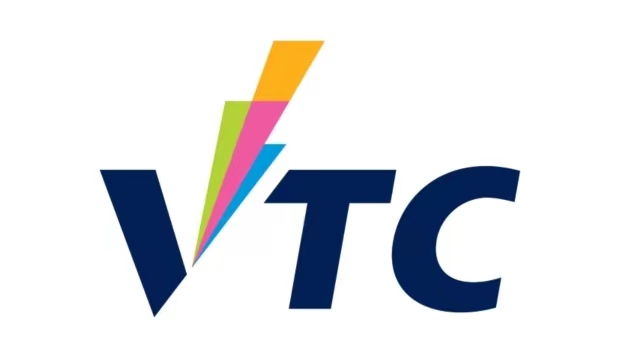The cloud services industry has risen by 380% in the last decade. In 2020, the valuation of this industry was USD 370 billion. You will be amazed to know that there are 44 zettabytes of virtual data in the world. Another essential statistic is that 50% of all corporate data is stored in the cloud as of 2020.
Cloud computing allows companies to store and manage data from anywhere in the world efficiently. It also helps them to adapt to rapidly changing conditions without compromising on agility. The Coronavirus pandemic has also facilitated the growth of cloud computing services because most employees are working from their homes, and there is no other alternative to work while maintaining the same level of productivity and effectiveness. Gartner estimates that global spending on public cloud services will grow by 18.4% in 2021.
Here are the top 5 trends in the cloud computing industry.
1. Cloud promotes sustainable growth.
The “Meet the 2020 Consumers Driving Change Report” states that 80% of consumers believe sustainability is essential. And 60% of surveyed consumers would like to change their shopping habits to reduce adverse environmental effects.
Cloud computing allows companies to reduce their energy consumption by 65% and carbon emissions by 84% by migrating infrastructure areas to the public cloud. Moreover, public cloud migrations can bring down carbon dioxide emissions by 59 million tons each year.
2. Edge computing is the future of cloud.
Today, there is a limited number of cloud service providers that tie your storage and computing ability to the bandwidth, proximity, and resources provided. The other factors that contribute immensely to cloud computing challenges are:
a. A study by McKinsey reports that 127 IoT devices are connected to the Internet every second. It means that latency, security, and bandwidth challenges will become even more pronounced.
b. Today’s cloud computing infrastructure falls short of providing the processing power and speed required for AI and robotics.
Edge computing is the solution to this problem. It involves building localized data centers for providing the required computational power wherever it’s needed.
The benefits of edge computing are as follows:
a. It reduces the load on centralized data centers and allows running a wide range of applications.
b. It increases the bandwidth by storing data in local servers and connecting to the cloud only when required.
c. Locally stored data guarantees a higher level of information security.
3. The emergence of multiclouds.
Moving forward, companies will use multiple cloud servers instead of depending on one. Organizations will develop cloud-native applications with little or no dependence on a particular cloud service provider. And statistics provide a testimony to this fact. According to a recent study by Accenture, 93% of enterprises have a multicloud strategy. On average, about 3.4 to 3.9 cloud servers are deployed per organization, allowing them to become better equipped to deal with the unique requirements of different processes.
4. Hybrid clouds are coming on the center stage
A hybrid cloud inherits the advantages of both the public and the private cloud. They are as innovative and flexible as public clouds and as cost-efficient, fast, and adherent to regulatory compliances as a private cloud. Gartner predicts that the hybrid cloud market will grow at a healthy CAGR of 17%, from USD 44.6 billion in 2018 to USD 79.6 billion by 2023. Sophisticated Hybrid technologies such as Red Hat’s Openshift will enable compatible working across varied clouds and platforms. Experts predict that hybrid clouds will no longer be divided between “public” and “private” in the future. Instead, they will be segregated into two new categories, namely “dedicated” and “shared”.
5. Cloud security will substantially improve
Today, no business can think of running its operations without implementing software solutions, let alone becoming an industry leader. But recent reports suggest that cybersecurity has become a menace for companies across each industry. Statistics indicate that cybercrimes have increased by 630% between January and April 2020. Also, 65% of senior IT executives believe the most significant barriers in adopting cloud technology are security and compliance risk.
In the coming times, a significant portion of company spending will go towards cybersecurity measures. According to statistics, 28% of enterprises believe cybersecurity is the most important criterion while selecting a cloud vendor. This is primarily because of two reasons. Firstly, it will help companies protect their confidential data from cybercriminals. And secondly, it will enable identifying potential blind spots.
Conclusion
Agility and the will to transform according to new market realities are the two most essential points you need to consider while implementing cloud services. The five trends mentioned in this article will help you get a clearer view of the market and leverage the knowledge and expertise of the industry. In the post-pandemic world, everything will go digital, and the importance of cloud technology will improve significantly.












